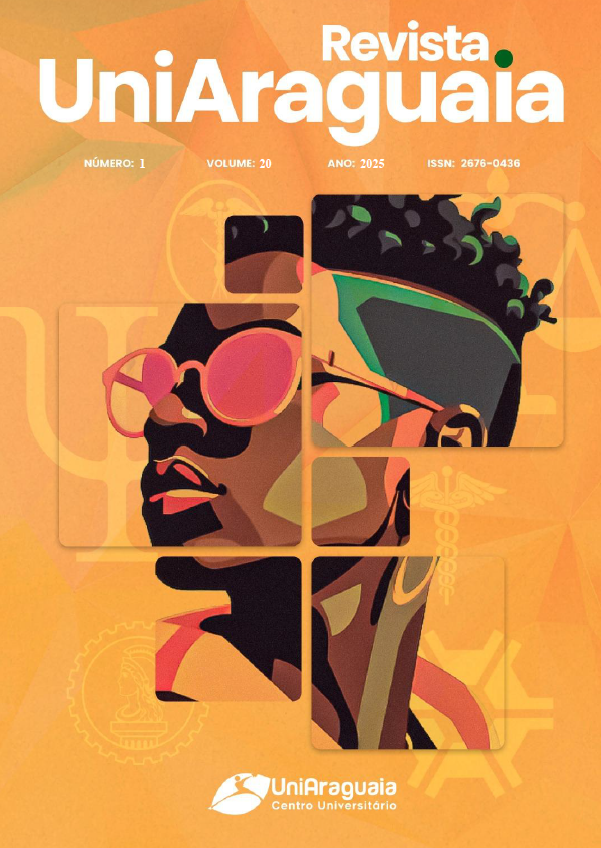REALIDADE VIRTUAL NA UNIDADE DE TERAPIA INTENSIVA: REVISÃO INTEGRATIVA
Abstract
Virtual reality (VR) consists of the interaction of the virtual environment between man and machine, through computational systems with sensorimotor channels, which makes it possible to achieve functional and cognitive gains. Objective: to identify the use of VR in the intensive care unit (ICU), pointing out the factors and contributions of the use of VR in rehabilitation. Methodology: this is an integrative review in databases: Latin American and Caribbean Center for Health Sciences Information (BIREME), Scientific Electronic Library Online (SciELO), Online Medical Literature Search and Analysis System (MEDLINE). Results: studies showed positive effects of using VR in the ICU, including: increased physical activity, relaxing effect, reduction of suffering and pain. It has been demonstrated that the method is safe and is even indicated for critically ill patients. Conclusion: using VR in the ICU is safe and contributes positively to the rehabilitation of patients.
KEYWORDS: Virtual Reality; Physiotherapist; Intensive Care Unit
Downloads
Published
Issue
Section
License

This work is licensed under a Creative Commons Attribution 4.0 International License.
The copyright of the published articles will be transferred to the Uniaaraguaia Magazine, allowing its subsequent reproduction as transcription and with due citation of source. In the event of acceptance and before the publication of the article, the plaintiff (s) shall write a statement formally transferring copyright to the magazine.
The author may also print and distribute copies of his article, provided that he mentions that the rights belong to the Uniaaraguaia Magazine.
Author rights include the right to reproduce in full or partly by any means, distribute this article, including figures and photographs.
By submitting originals to the Uniaaraguaia magazine, the author or authors express agreement with the following terms:
a) Authors maintain copyright and grant Uniaraguaia magazine the right of first publication, with the work simultaneously licensed under the Creative Commons Attribution license that allows the sharing of work with recognition of the authorship and initial publication in this magazine.
b) Authors are authorized to assume additional contracts separately, for non-expiration distribution of the work version published in this magazine (eg publish in institutional repository or as book chapter), with recognition of authorship and initial publication in this journal.
c) Authors are allowed and are encouraged to publish and distribute their work online (eg in institutional repositories or on their personal page) to any point before or during the editorial process, as this can generate productive changes as well as increase the impact and citation of published work.

